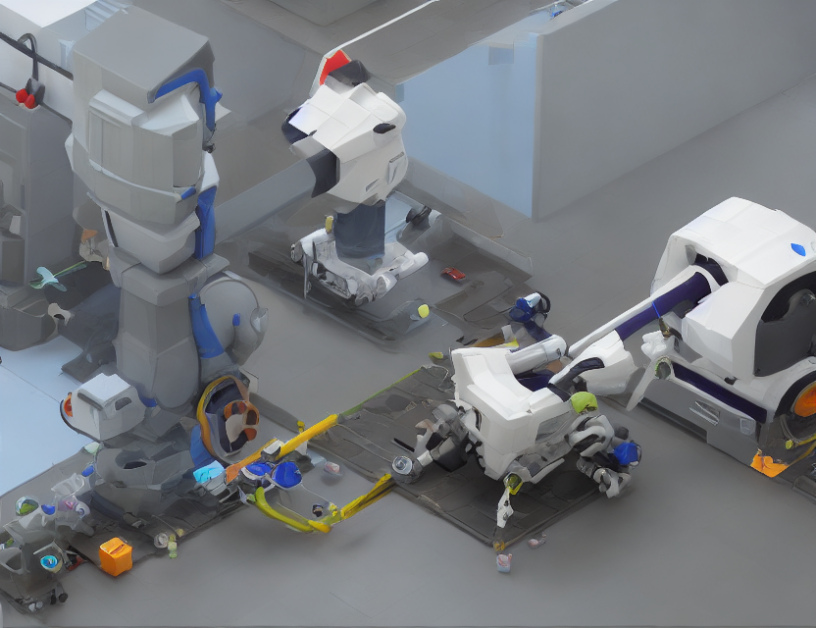In this article, the authors explore the potential of using recirculating fluid flow in soft robotic systems to enhance their intelligence and simplify control architectures. They begin by explaining that traditional electrical analogs used in fluidics are limited, so they propose a new approach based on the concept of impedance in closed-loop networks. The authors then delve into the details of how recirculating flow works, using examples like shark intestines and Tesla valves to illustrate the idea.
The article continues by discussing the advantages of using recirculation, such as simplified control architectures and rapid prototyping capabilities. The authors also highlight some potential challenges and limitations, including energy consumption and design considerations for adapting systems to use recirculating flow. To help readers better understand these concepts, the authors use engaging analogies like comparing fluidic impedance to a closed-loop network, and explaining how recirculation works in a soft robot gripper by drawing on examples from nature, such as shark intestines.
Throughout the article, the authors emphasize the potential of embodied intelligence in soft robots, which can expand their capabilities beyond rigid bodies. They also highlight the importance of scaling fluidic control systems to higher degrees of complexity, which remains a significant challenge despite recent advancements.
In summary, this article explores the concept of recirculating fluid flow in soft robotic systems and its potential to enhance intelligence and simplify control architectures. By using everyday language and engaging analogies, the authors demystify complex concepts and capture the essence of their research without oversimplifying. The summary provides readers with a comprehensive overview of the article’s main ideas, highlighting the key points and their significance in the field of soft robotics.
Simplifying Soft Robot Control with Recirculating Flow



